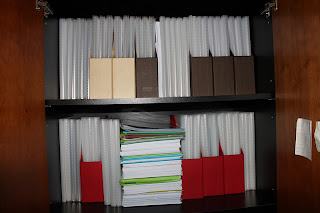The last set of stamps before Brazil became a republic, were emitted between 1884 and 1888.
The emperor isn't shown in this set anyomore.
In the previous post, I showed the stamps with a number in a circle.
There are also other designs in this small set.
On one stamp, the Southern Cross ( Lat :
Crux ) is shown.
It is the smallest of all 88 constellations. But of course that's not the reason why it's printed on this brazilian set of stamps. This constellation is visible in the Southern Hemisphere and it's visible for Brazilians.
Next to the Southern Cross, also the emperial crown and the Sugarloaf Mountain in Rio de Janeiro are depicted in this series. There are also 2 stamps where a number is printed in a square.
100 reis
The 100 reis stamp is a stamp with the number 100 in a square. There are two versions, quite easily to recognise.
The first stamp was emitted in 1885, and shows a white number on a dark field.
Under the square, you can see horizontal and vertical lines
 |
| Scott Br 0092 |
 |
| detail BR Scott 0092 |
The second version appeared in 1888 and has a coloured number on a white field.
Here the field under the sqare is filled with dots in stead of lines.
 |
| Scott BR 0096 |
 |
| detail Scott BR 0096 |
500 reis
On the 500 reis (1887) the emperial crown is depiced.
Dom Pedro II remained head of state till the a small military group took over power in 1889.
This emperial crown is the last 'emperial' stamp in this set.
The catalogues only mention one type, but I found those 2 colour variations.
It might have been the result of exposure to the sun or a chemical reaction, but for your pleasure, I'm posting both images.
 |
| Scott BR 0095 - olive |
 |
| Scott BR 0095 - yellowish olive |
1000 reis
One of the most famous landmarks of Rio de Janeiro is the Sugarloaf Mountain.
It is in the design of the 1000 reis stamp, and the key value of this set.
The picture of the Sugarloaf Mountain is only a small part of the stamp.
 |
| Scott BR 0098 |
300 reis
I have kept the 300 reis stamp as the last one to post, because there are more similar stamps issued later.
(see future posts).
As I mentionned earlier, here the constellation of the Southern Cross is depicted. This design was slightly modified for the first set of stamps issued in newly formed republic, in 1890.
For this issue of 1887, large stars are shown in a circle.
The background is filled with horizontal lines, and the stamp is printed in dark ultramarin blue.
 |
| Scott BR 0094 |





















































